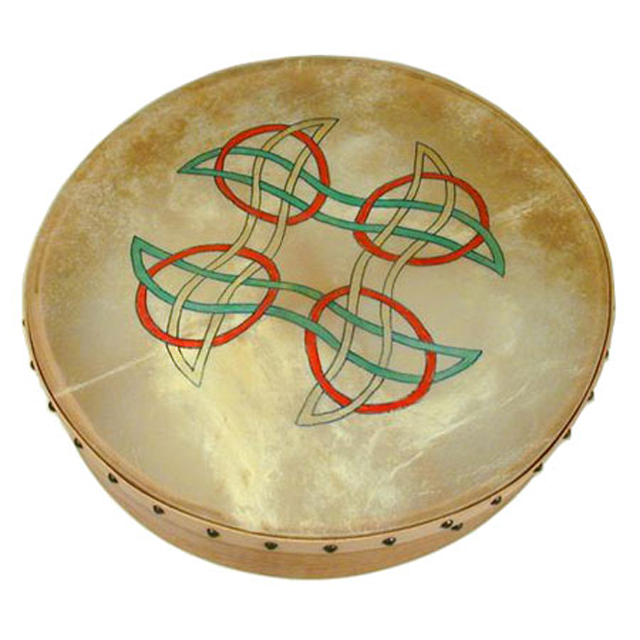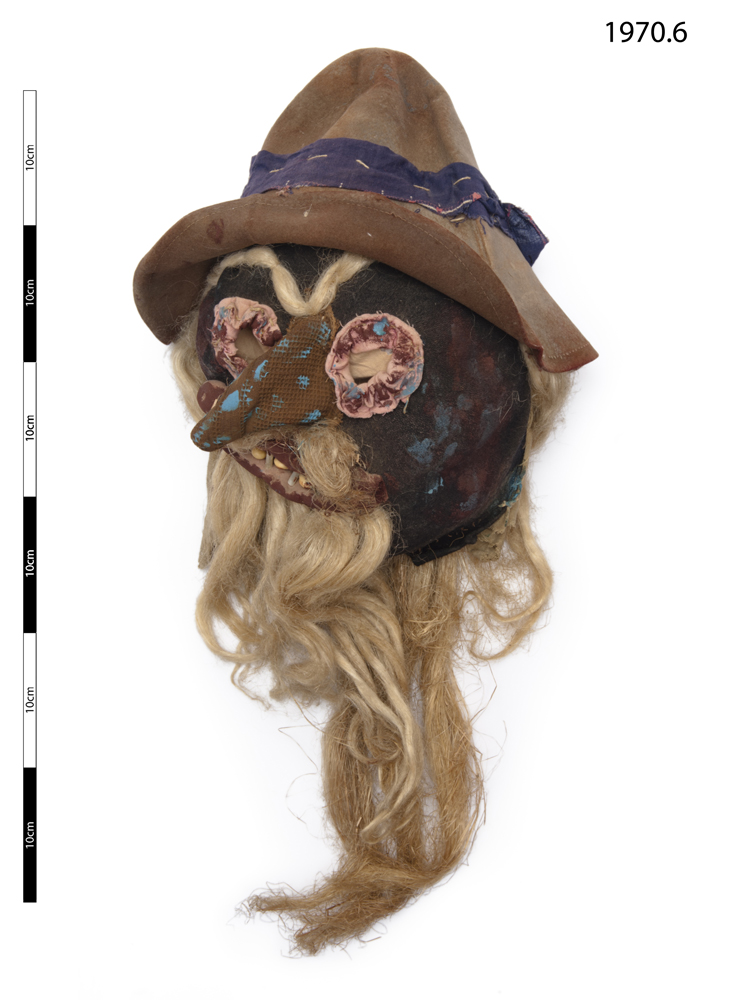What is Wren Day?
Wren Day – or Lá an Dreoilín – is a traditional festive day celebrated in Ireland on 26 December, also known as St Stephen’s Day. Typically in the past, a group of ‘Wren Boys’ dressed in worn clothes would parade through the streets carrying poles decorated with sprigs of holly. The Wren Boys would go from house to house singing and be given food, drink and gifts from families.
While the exact origins of Wren Day are unknown, it has been suggested that the clamour of crowds, music and festivities were intended to drive the dark of winter away.
There are many different beliefs surrounding how wrens, tiny brown birds found across most of the northern hemisphere, came to be at the centre of this Christmas celebration.
Some say wrens became incorporated as they are considered a symbol of good luck. Others, however, claim the wren has a reputation for treachery. Some refer to a story of Saint Stephen, who was hiding from his enemies in a bush before being betrayed by a chattering wren.
Another legend harks back to the Viking invasion of Ireland. It tells a tale of Irish soldiers sneaking up to a Viking camp in the dead of night. A wren began to eat breadcrumbs left on a drum, and the noise woke the drummer, who sounded the alarm and woke the camp, leading to the defeat of the Irish soldiers.

How is Wren Day celebrated?
On 26 December, the procession of Wren Boys takes to the streets. Visiting from house to house, they sometimes demand money to ‘bury the wren’. Dressed in ragged clothes with painted faces, this group traverse the local area singing, dancing and playing music. Typically they play the bodhran, a frame drum used in Irish music, tin whistles, fiddles, and other instruments. One song in particular is linked to Wren Day, The Wren in the Furze.
Traditionally, the Wren Boys would carry poles decorated with holly, tinsel and coloured paper, masted with a dead wren. Wrens are no longer killed as part of the celebration, but streaming poles are still often carried.
In some areas, the focal point of the Wren Boys’ parade is a hobby horse – similar to the Mari Llwyd in Welsh mummering. This is usually carried over the shoulder of a member of the congregation who whirls, capers and leads the parade.
Some of the Wren Boys wear straw suits. These are thought to have more recent historical references, such as the straw disguises worn in the 18th and 19th centuries during Ireland’s agrarian wars.
To this day, the masks and costumes worn on Wren Day can reflect feeling within Irish communities and society. For example, masks of former British Prime Minister Margaret Thatcher still feature in the processions.
Where is Wren Day celebrated?
Wren Day was once practiced across Ireland throughout most of the 20th century.
Today, the tradition has faded out in most parts of Ireland but continues in pockets around the country. In particular, County Kerry and in parts of County Limerick and Galway, it is still celebrated on 26 December.



